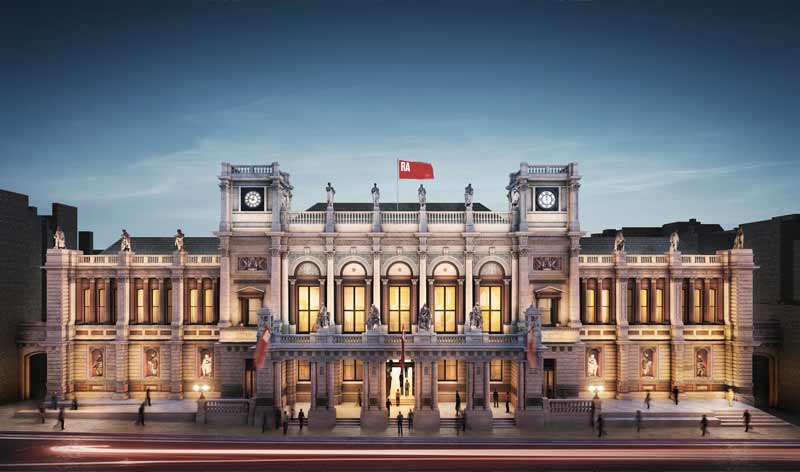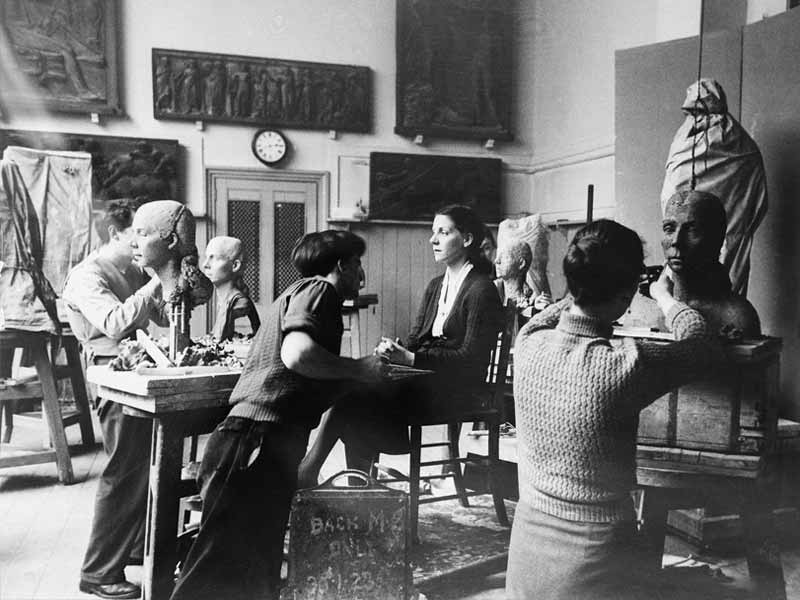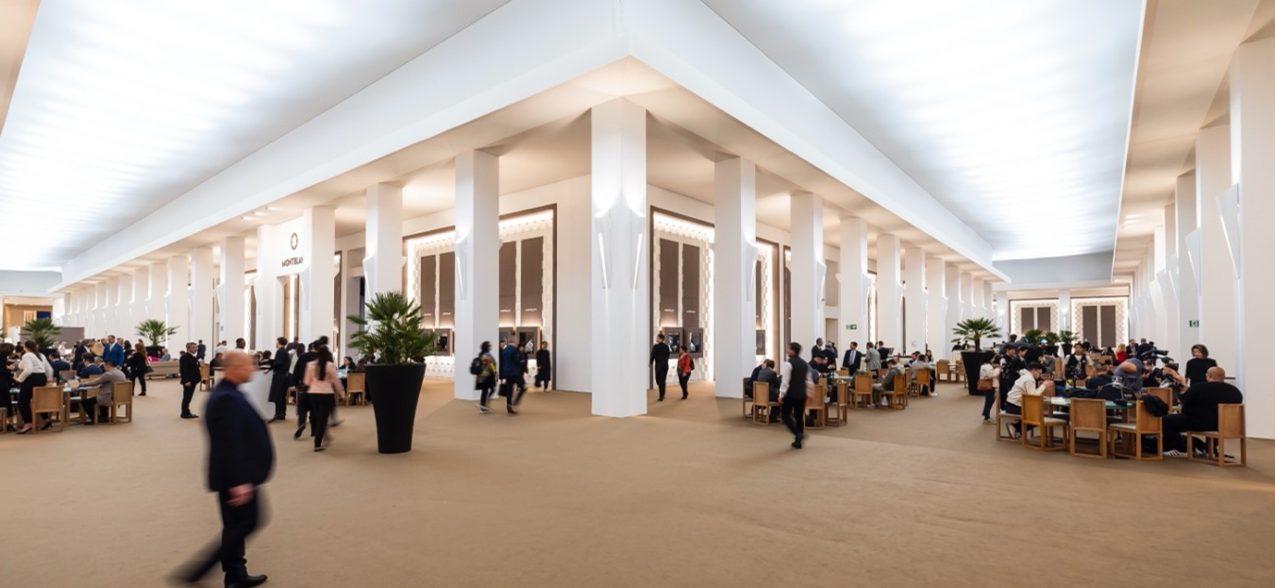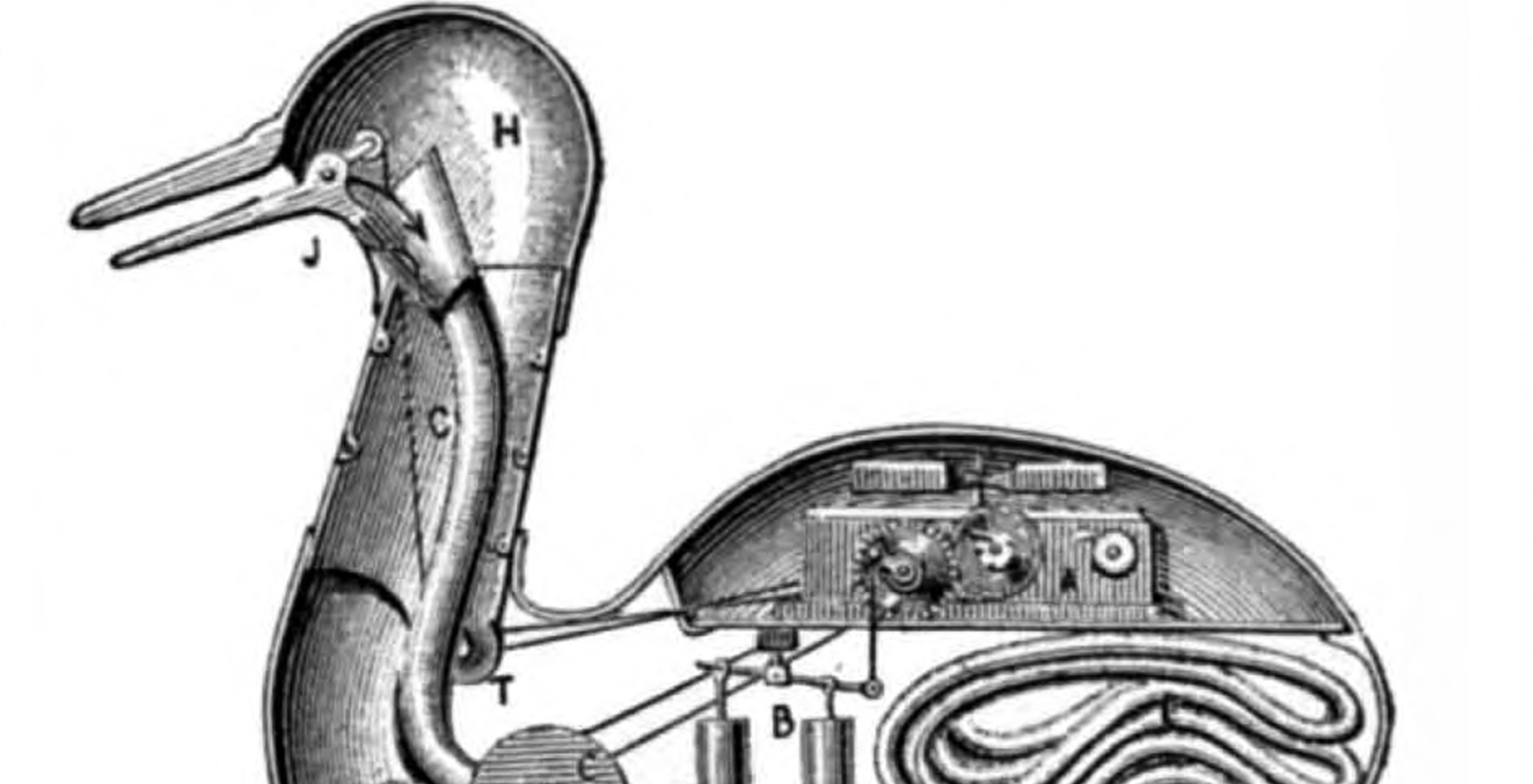250 Summer Exhibitions
THE ROYAL ACADEMY OF ARTS 1768-2018
2018 celebrates the 250th anniversary of The Royal Academy of Arts, Britain’s foremost artist and architect-led institution and undoubtedly one the closest to Britons’ hearts. Founded by King George III in 1768, the Royal Academy has a unique position in being an independent, privately funded institution led by eminent artists and architects whose purpose is to be a clear, strong voice for art and artists. Its public programme promotes the creation, enjoyment and appreciation of the visual arts through exhibitions, education and debate.
The RA moved to its permanent home at Burlington House in 1869. Burlington Gardens, a separate building situated behind, was designed by Sir James Pennethorne and opened by Queen Victoria in 1870 as the Senate House of the University of London. The RA acquired Burlington Gardens in 2001.
To celebrate its quarter of a millennium anniversary, the Royal Academy is rolling out the red carpet with a world-class exhibition programme and a transformative redevelopment designed by architect Sir David Chipperfield CBE RA, that link Burlington House and Burlington Gardens for the first time, uniting the two-acre site. This redevelopment opens up the essential elements that make the Royal Academy unique worldwide, sharing with the public its historic treasures, the work of its Academicians, and the RA Schools.
Christopher Le Brun, President, Royal Academy of Arts, said: “Royal Academicians are at the heart of everything we do – they govern the Academy and are responsible for its direction. British visual art and architecture has achieved outstanding international success in recent decades and the proof of the Academy’s resurgence in the twenty-first century is that among our Academicians we have world-class painters, sculptors, printmakers and architects. For the first time in 2018, our visitors are able to see more of their work in dedicated changing displays of art and architecture, past and present, for free.”

New and refurbished public areas include:
- The conservation of the façade of 6 Burlington Gardens.
- Spaces for exhibitions and displays across the site showcasing the richness and depth of the historic RA Collections, and allowing many works to be brought out of storage. Dedicated temporary exhibition galleries for contemporary art projects and new work by Royal Academicians, Britain’s leading artists and architects.
- A double-height Benjamin West lecture theatre with over 250 seats, allowing the volume of programming to double.
- A new Clore Learning Centre, providing space for the RA’s learning programmes, enabling participation in creative learning on-site to expand three-fold.
- New spaces for the RA Schools, including a permanent project space, the Weston Studio, for the public display of work by students, situated at the heart of the site. The integration of the Schools into the visitors’ experience reveals the Academy’s important role in arts education.
- The Weston Bridge connecting Burlington House and Burlington Gardens, creating a central route from Piccadilly to Mayfair.
- Improvements to visitors’ facilities across the site.
Sir David Chipperfield CBE RA, Architect, said: “The project is an architectural solution embedded in the place itself, a series of subtle interventions which add up to something very different. The big change is that the Royal Academy now has two entrances: a front door facing Piccadilly in the south, and a new front door to Burlington Gardens, Cork Street and Bond Street. You can go from an
exhibition in Burlington House to a lecture in Burlington Gardens through the vaults of the building. Visitors can see the Cast Corridor and where the RA Schools have been all this time. It’s a small amount of architecture for a profound result.”

The redevelopment has been funded with a grant from the National Lottery as well as with support from private individuals, trusts and foundations from all over the world.
Probably, the star of this anniversary is The Great Spectacle exhibition, which tells the story of the annual summer show by featuring highlights from the past 250 years. The exhibition includes works by Joshua Reynolds, Thomas Gainsborough, Thomas Lawrence, John Constable, J.M.W. Turner, John Everett Millais, Frederic Leighton, John Singer Sargent, Peter Blake, Tracey Emin, Zaha Hadid, Michael Craig-Martin, David Hockney and Wolfgang Tillmans, amongst others.
The Great Spectacle runs alongside the annual Summer Exhibition from June 12th to August 19th. To mark this momentous occasion, this year’s exhibition has been co-ordinated by Grayson Perry RA along with a Summer Exhibition Committee of Royal Academicians chaired by the President of the Royal Academy of Arts, Christopher Le Brun.
The Summer Exhibition is the world’s largest open submission contemporary art show which has taken place every year without interruption since 1769. In keeping with tradition it continues to play a significant part in supporting the Royal Academy Schools. The members of the Summer Exhibition Committee serve in rotation, ensuring that every year the exhibition has a distinctive character, with each Royal Academician responsible for a particular gallery space. Works from all over the world are judged democratically on merit and the final selection is made during the eight-day hang in the galleries.

For this 250th anniversary exhibition, co-ordinator Grayson Perry RA, decided that the theme of the show was to be ‘Art Made Now’: “I want to champion the democracy of the exhibition and show off the diversity of art being made in this moment, so I encourage you to submit works that you have made in 2017/18. I am also planning a special ‘Room of Fun’ in a newly built part of the Academy, so the committee may well look favourably on artworks that we find amusing.”
Around 1200 works, in a range of media, are displayed, the majority of which are for sale offering visitors an opportunity to purchase original work. As the world’s largest open submission contemporary art show, the Summer Exhibition provides a unique platform for emerging and established artists to showcase their works to an international audience, comprising a range of media from painting and printmaking to photography, sculpture, architecture and film. Royal Academicians are automatically entitled to submit up to six works to the Summer Exhibition and the rest of the exhibition features work by those invited by the committee and external entrants.
The new Royal Academy will open to the public on Saturday 19 May 2018 and BNY Mellon is the anniversary partner for the Royal Academy’s 250th anniversary
Summer Exhibition 2018 Main Galleries and The Sackler Wing of Galleries 12 June – 19 August 2018
The Great Spectacle: 250 Years of the Summer Exhibition
The John Madejski Fine Rooms, Weston Rooms,
Galleries I and II 12 June – 19 August 2018
www.royalacademy.org.uk/ra250














Show Comments +